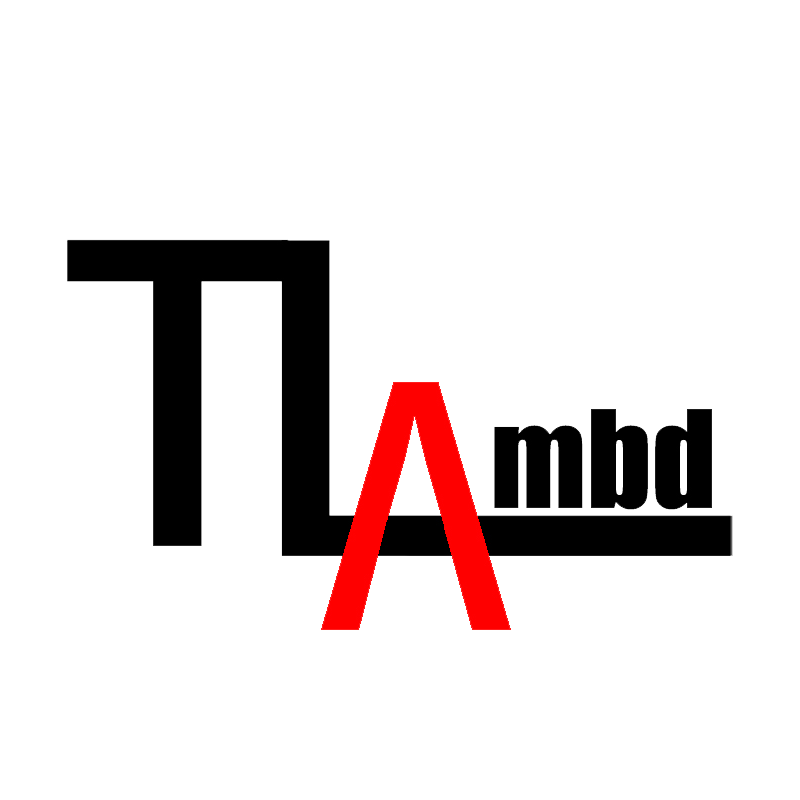Analysis of the Prospects of the Laser Cutting Machine Industry
Laser cutting machines are widely used equipment in the industrial manufacturing field, and in recent years, the domestic laser cutting machine market has experienced continuous and stable growth. Relevant industry standards and regulations have also become more完善, making the overall development prospects of the laser cutting machine market positive and optimistic.
In the laser cutting market, in recent years, laser cutting equipment has gradually replaced traditional machine tool processing and is being applied in a wider range of fields. In 2017, the market size of laser cutting equipment in China reached 20.3 billion yuan, a year-on-year increase of 23%. As demand for laser cutting equipment continues to rise across various industries, the overall market size of laser cutting equipment in the country is expected to reach 40.4 billion yuan by 2023.
Laser cutting machine industry standards
Safety standards: Laser cutting machines involve high-energy lasers, making safety for operators and the surrounding environment very important. Therefore, industry standards often specify safety requirements for laser cutting machines, including protective devices, emergency stop devices, and photoelectric safety detectors.
Performance Standards: The analysis of the laser cutting machine industry prospects shows that the performance standards for laser cutting machines include indicators such as cutting speed, cutting precision, and cutting quality. These standards are typically set by industry organizations or standardization bodies to evaluate the performance and quality of laser cutting machines.
Environmental standards: Laser cutting machines produce pollutants such as waste gas, wastewater, and waste residues during operation. Therefore, industry standards may include requirements for waste gas emissions, wastewater treatment, and waste residue handling, to ensure the environmental friendliness of laser cutting machines.
Energy Consumption Standards: The energy consumption of laser cutting machines is also an important consideration. Industry standards may specify indicators such as energy efficiency and power consumption for laser cutting machines to promote energy saving and emission reduction. These standards are typically developed and published by industry organizations, standardization agencies, or relevant government departments. Specific industry standards for laser cutting machines can refer to local regulations, technical standards of industry associations, or documents published by standardization agencies.
The application prospects of laser cutting machines industry
Metal processing industry: Laser cutting machines are widely used in the metal processing industry and can cut various metal materials such as steel plates, aluminum plates, and copper plates. They can achieve high precision cutting and are suitable for a variety of complex cutting requirements.
Automotive Manufacturing: Laser cutting machines have important applications in the automotive manufacturing industry, where they can be used for cutting and drilling during the manufacturing process of automotive parts. For example, they are used for cutting body panels, cutting seat frames, and drilling holes for bolt connections, among other tasks.
Electronics manufacturing industry: Laser cutting machines are widely used in the manufacturing process of electronic components. They can be used to cut circuit boards, plastic enclosures, wires, and more. Laser cutting machines can achieve small-sized cuts and can avoid damage to the heat-affected zone.
The construction and decoration industry: The market outlook analysis for the laser cutting machine industry mentions that laser cutting machines can be used for material cutting, engraving, and drilling in the construction and decoration industry. They can cut various materials such as wood, acrylic, stone, etc., for the production of decorations, wall panels, signs, and more.
Textile and Apparel Industry: Laser cutting machines can be used to cut various fabrics, leather, and textiles in the textile and apparel industry. They enable precise cutting, preventing material stretching and deformation, and are suitable for the production processes of clothing, footwear, and home textiles.
Overall, with the continuous development and innovation of manufacturing technology, the application prospects of laser cutting machines in various industries will be even broader. They will continue to provide efficient, precise, and flexible cutting solutions for production and manufacturing processes.
Post time: 09-19-2025





